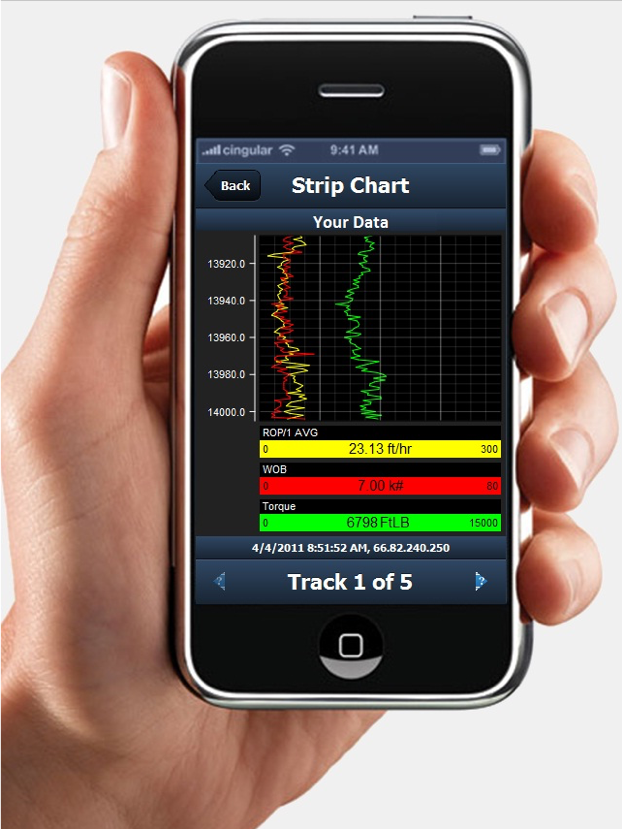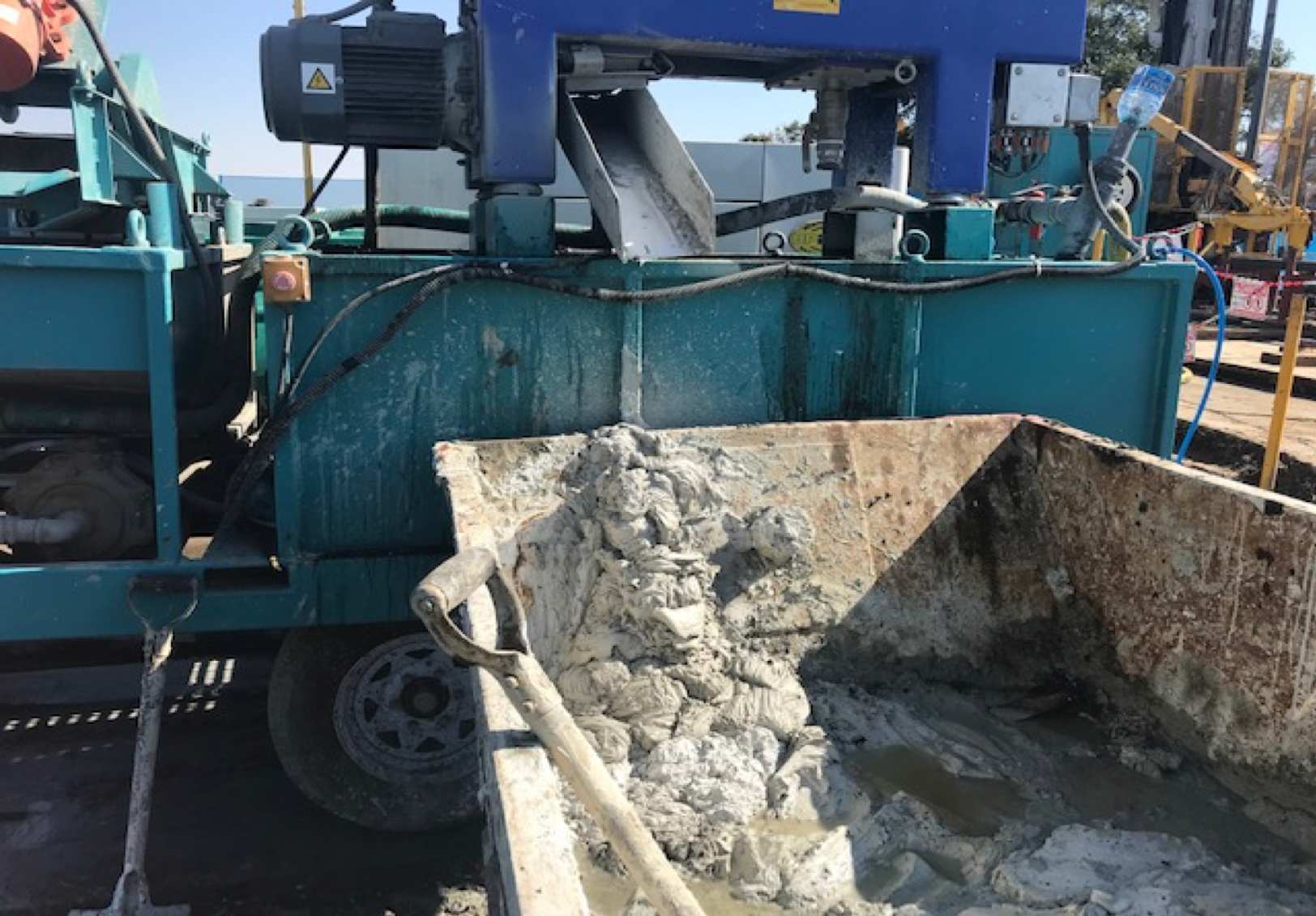Innovation Guidelines — Remote Control of Drill Rigs
By Colin Rice · Colin Rice Exploration Drilling Advisory · www.colinrice.co.za
The exploration drilling industry is undoubtedly experiencing significant pressure to improve levels of safety performance through the implementation of a number of safety innovations such as hands-free rod handling, remote control of drill rigs, above ground sump systems, cameras and wrench-free drill sites amongst others.
Current drill rig designs place the driller in very close proximity to a number of different hazards therefore, it is considered essential that well defined plans to remove the driller and drill crew from the “line of fire” are made. However, based on interactions with a number of mining companies and contractors, it is clear that there is a lack of clarity about the advantages and disadvantages and the appropriate application of some of these innovations. It has also become apparent that some manufacturers do not have a clear idea of what the ideal remote control system should look like.
In order to get some clarity and consensus, DrillSafe facilitated a series of workshops to discuss these ideas and to formulate a set of guidelines that could assist manufacturers, mining companies and contractors. Take a look at what the Drill Rig Safety Guidelines Innovation Forum was about here. A summary of the discussions held during the Forums are included below followed by the guidelines that were developed.
Summary of Discussions
1. It is recognised that by removing the Driller from the line of fire, many risks will be controlled. Namely exposure to:
rotating drill rods,
noise,
vibration,
dust,
adverse weather conditions,
falling objects
2. It is recognised that placing the Driller in a position away from the drill rig, both verbal and visual communication will be improved.
3. Due to the risk associated with thin walled diamond core drill rods and the very high rotational speeds used, this is considered urgent and essential for all DCD operations. It is considered that this is a more important control than MRL systems on DCD rigs and so should be given priority in terms of implementation.
4. All controls on DCD drills are hydraulically powered therefore, removing the Driller from the line of fire can be achieved in several ways;
by extending the hydraulic hoses and moving the control panel,
by using electronic controls and a hard-wired umbilical or
by using electronic controls and a wireless control panel.
None of the above options pose significant technical challenges for a committed contractor.
5. It is important to consider local conditions when selecting the method of control – mines with electronic detonation may not allow wireless systems?
6. It is not necessary to control every drill rig function remotely. For example, set-up functions do not need to be moved from current control panels.
7. The Driller and drill crew can be housed in an enclosure that can provide a climate-controlled, ergonomic and dust free environment.
8. The enclosure can also serve as a refuge from lightning if constructed as a Faraday cage.
9. Electronic control systems must be fail-to-safe with appropriate levels of redundancy built into them.
Guidelines for the development of systems to remotely control drill rigs
The system must allow the driller to operate the drill rig from a distance of at least 5 metres from the collar of the borehole.
The system must allow the operator to place himself in a position most appropriate for the operation being performed.
The system can be based on moving the control panel by extending hydraulic hoses or by using electronic controls system either through a hard wire umbilical or through a wireless communication system.
Electronic systems must be fail to safe and must have the ability to be overridden if necessary.
Systems must be fully and completely risk assessed and a copy of the risk assessment must be provided to the mining company.
Full operation and safety, maintenance and parts manuals must be provided for the system.






The exploration drilling industry is undoubtedly experiencing significant pressure to improve levels of safety performance through the implementation of a number of safety innovations…